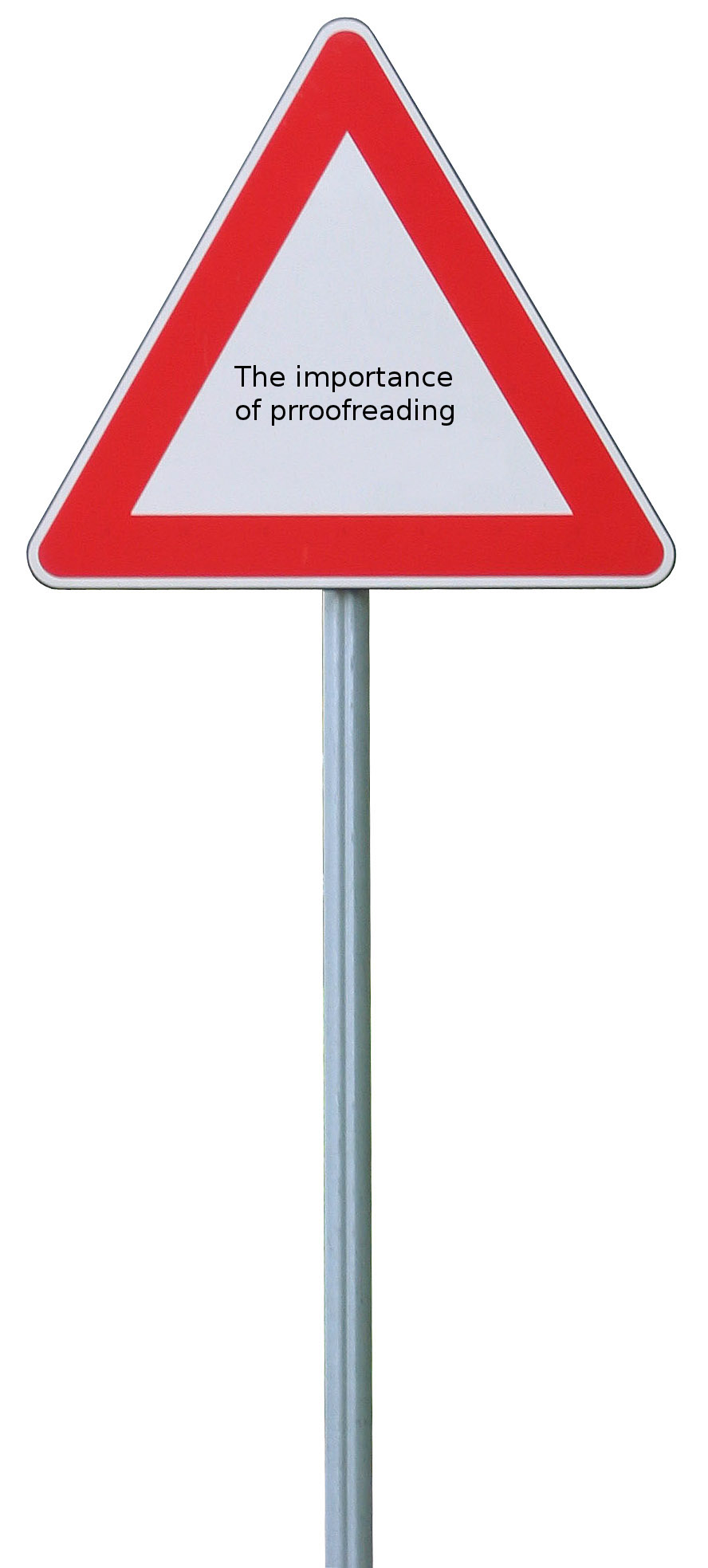
Never underestimate the importance of proofreading. Mistakes in grammar, spelling or punctuation will reflect negatively on the writer and the organisation.
Proofreading is quality control – an essential part of day-to-day business.
There are many levels of proofreading. If you work for a large, global company, chances are your communication team will have a comprehensive proofreading checklist. If you are a solo writer or you are part of a smaller communications team, it would be a really good idea to put one together.
Ideally, written material should be proofread by at least two people other than the writer or the editor. To get you started, I have provided a summarised list that can be applied to all written materials.
General
- Read through your written piece at least once. Check logic and sequence.
- Check language. Are the following correct?
– use of active voice (not passive)
– clarity and conciseness
– sentence and paragraph length
– gender neutral language - Check for unusually long sentences and
paragraphs. As a rough guide an average sentence length of 17 words and maximum sentence length of 30 words is recommended for readability. - Check for spelling and typographical errors. Don’t rely on spell check or grammar check. Always double check the suggestions.
- Check grammar and punctuation.
- Explain abbreviations and acronyms used for the first time, and be consistent in their usage.
Branding
- Check the correct placement and colour of your company’s logo, and any other elements important to the look and feel (ie, placement of web address or contact details).
Formatting
Check format and appearance. Are the following correct and consistent?
- Information duplicated or missing
- Number usage and units – Imperial (US) and Metric (ROW). Are they used correctly?
- Fonts and fonts sizes
- Line spacing
- Headings and subheadings – check order and format
- Widows (isolated word at the top of the page) and orphans (abandoned word at bottom of page)
- Pagination and page breaks – placement and format of page numbers, changes in justification and margins
- Page numbering – check all pages (from cover to index) for correctness, consistency, sequence and format
- Lists (numbered and bulleted) – check numbering, format, punctuation and spacing
Intellectual Property (IP) and regulatory requirements
- Check the title for correct use of trademark characters
- Is the address block up-to-date?
- Is the IP information correct?
- Is the copyright year correct?
 Send to Kindle
Send to Kindle

